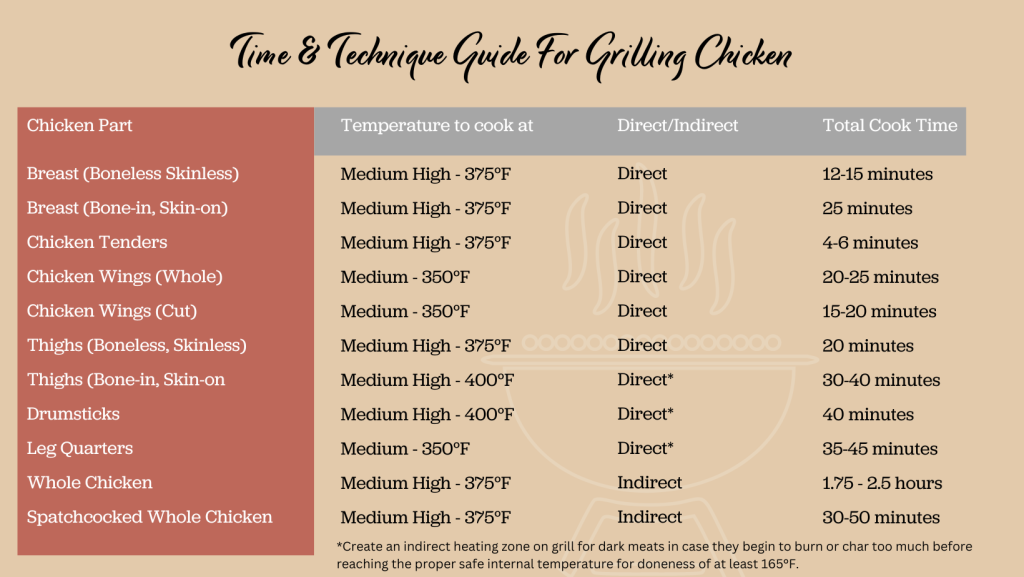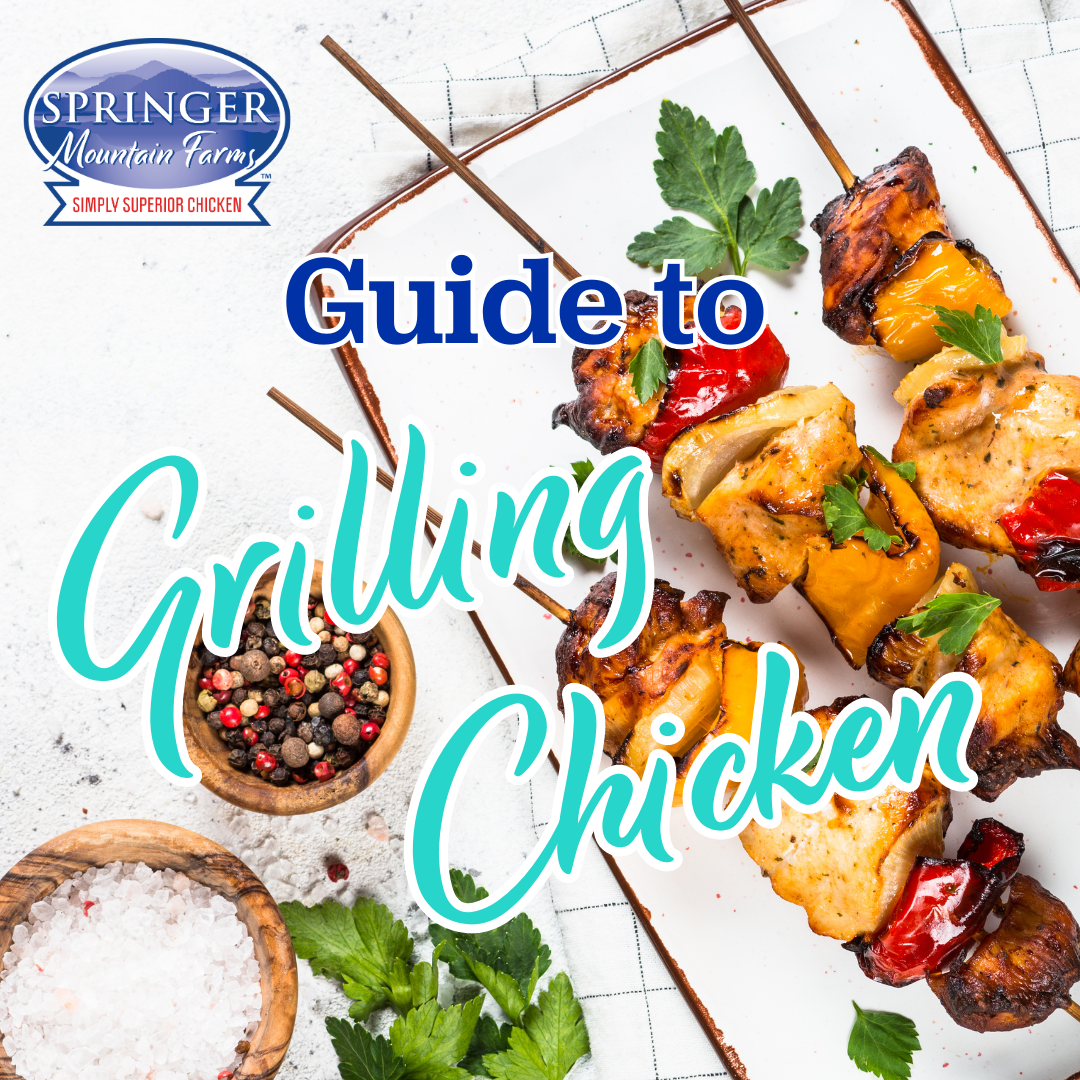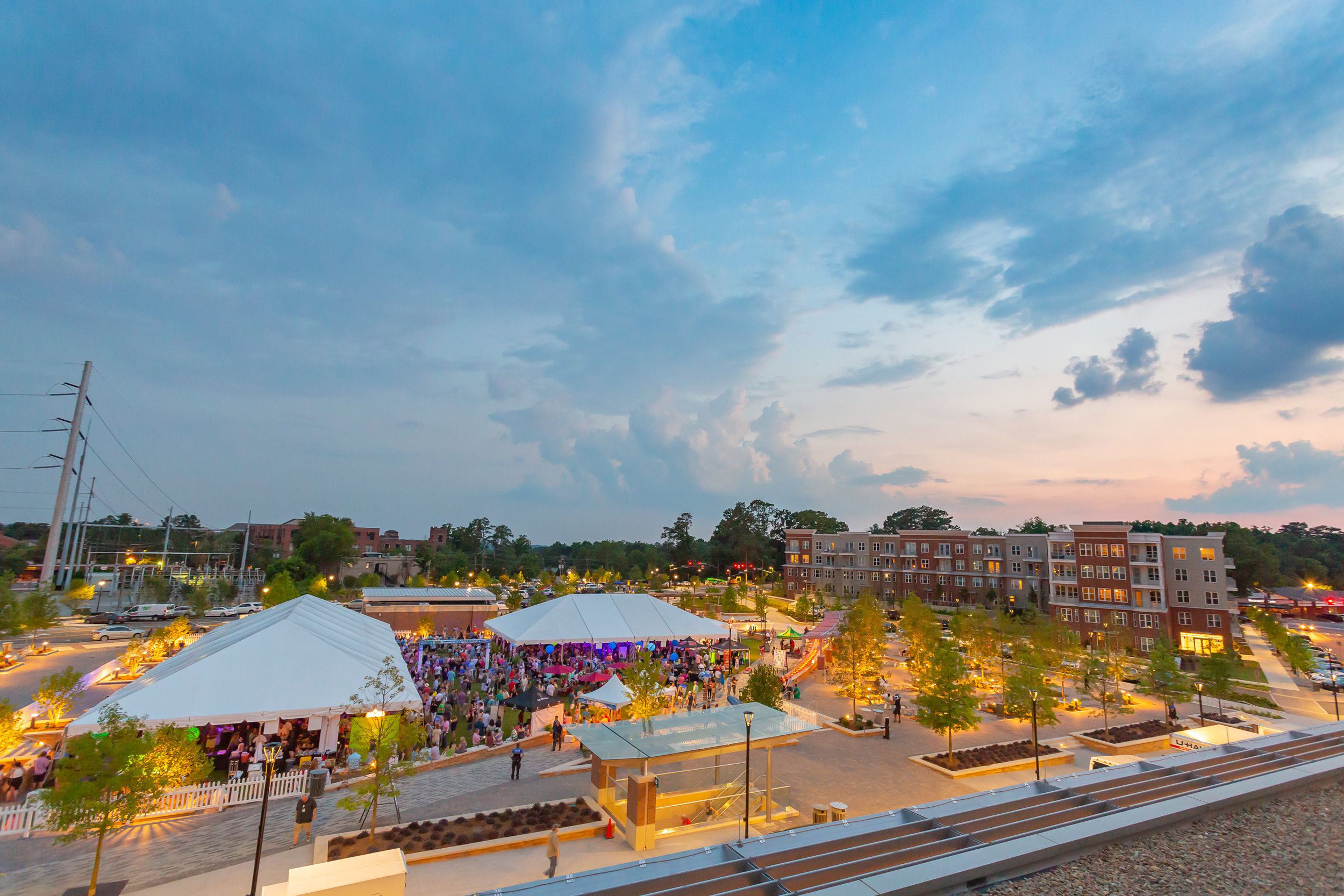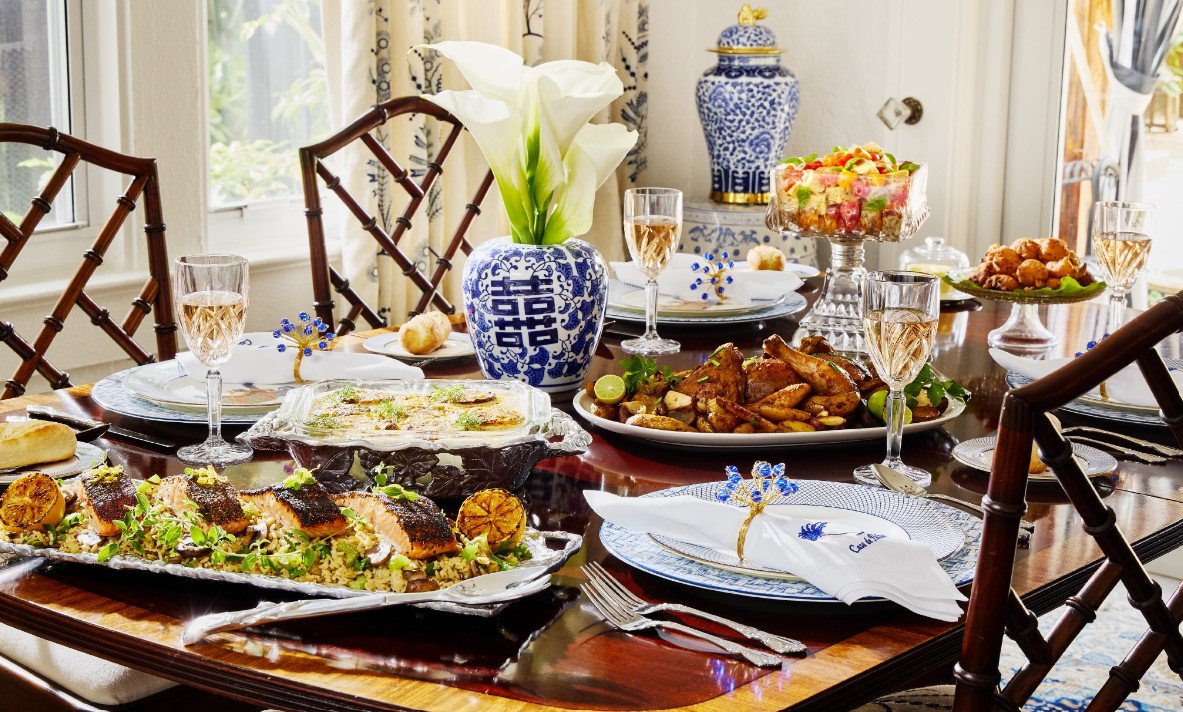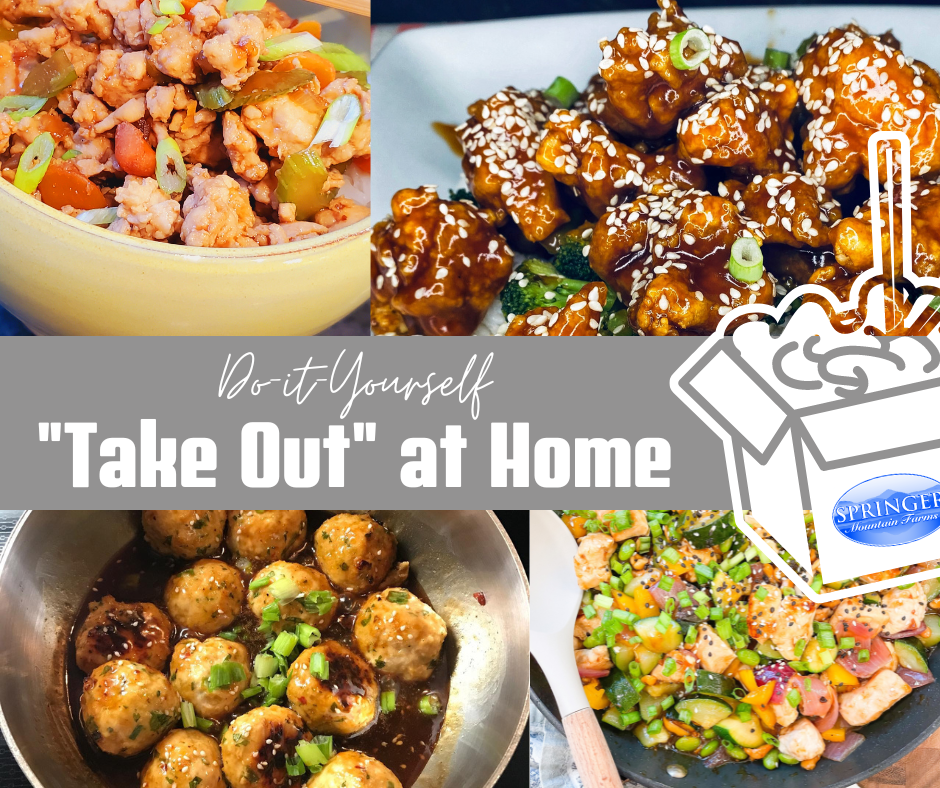Grilling chicken to perfection can be a bit tricky for even the most seasoned grill master, especially with the wide variety of cuts available to choose from for the grill. Knowing the proper temperature to cook at and how long to cook each of the different cuts should help achieve perfect results every time.
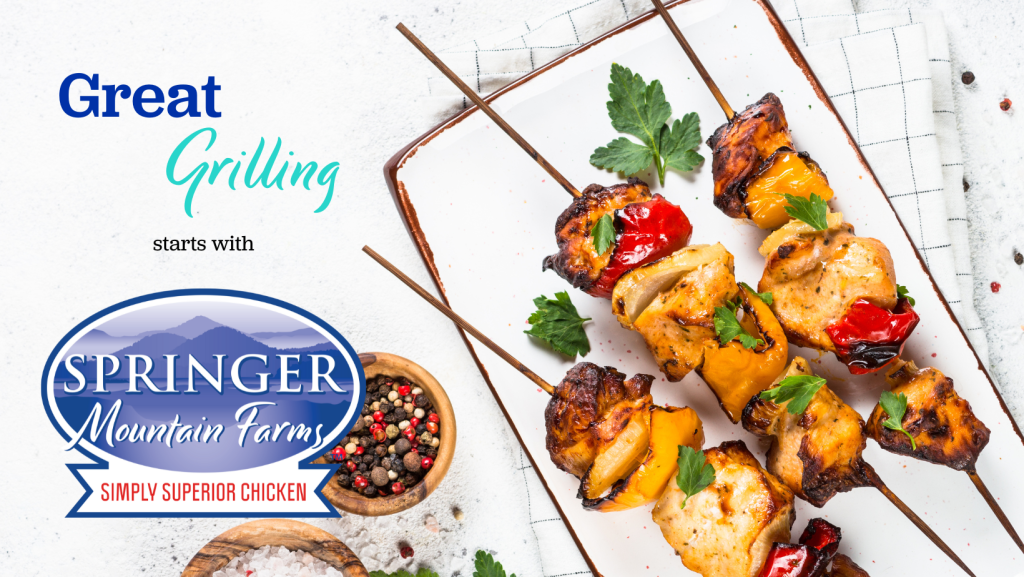
Because the different cuts of chicken have different thickness in the meat and varying bone sizes, they won’t all cook at the same temperature for the same amount of time. Smaller bones and thinner meat mean less cooking time and usually a direct heat source. Dark meat tends to take longer because of the thicker meat concentrated around the larger bones so you might start those cuts on direct heat but would need an indirect source to finish them without burning or overcooking the outer portion of the meat.
Learn more about Direct vs. Indirect Grilling in DIRECT vs INDIRECT GRILLING
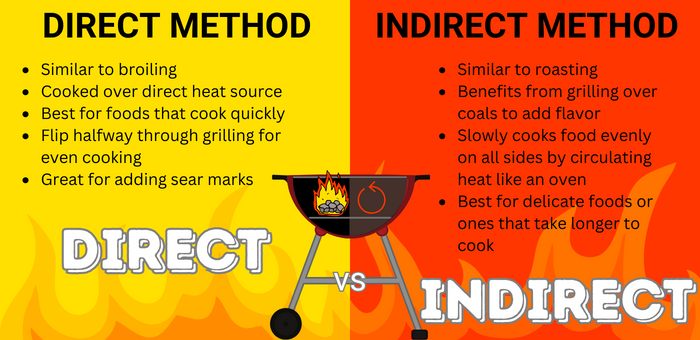
Recipes can also be a bit vague with cooking temperatures and just state to heat your grill to medium-high. It’s important to know the range of temperature for cooking on the grill. Here’s a little cheat sheet for temp guides on a grill. Most of the time grilling will be done in the medium to medium-high range, with a few instances of using high heat for a quick sear.
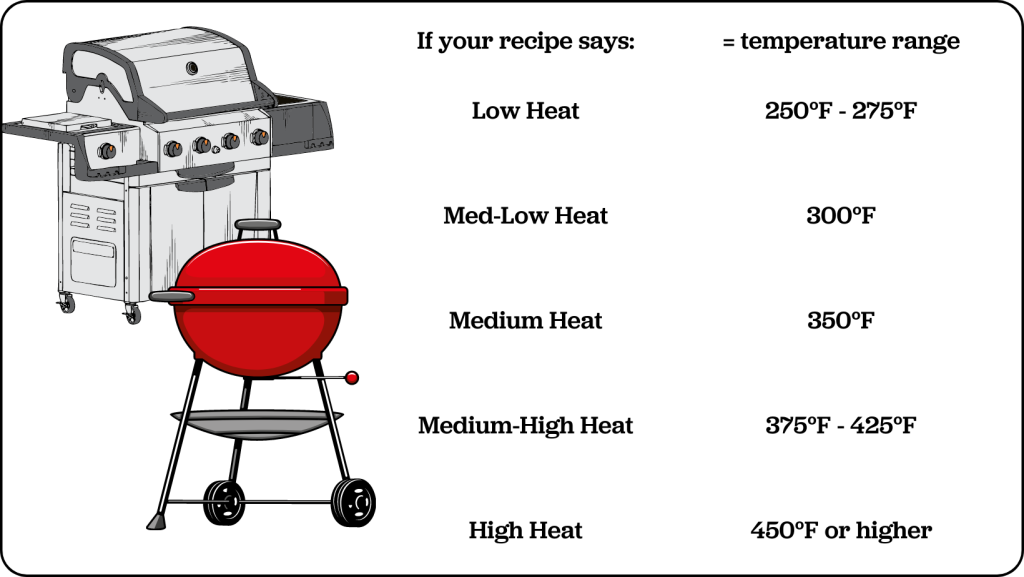
Now that you know the temperature ranges for the grill, it’s time to make sure you know how to check the temperature of your grill. Most grills that are fabricated now come with a built in thermometer. Those are great for getting a good idea of the temperature inside your grill, but they can be wrong and would need to be recalibrated. (Follow your manufacturer’s recommendations for recalibration.) Not to worry if you are unable to recalibrate the built in thermometer. You can always do the hand test.
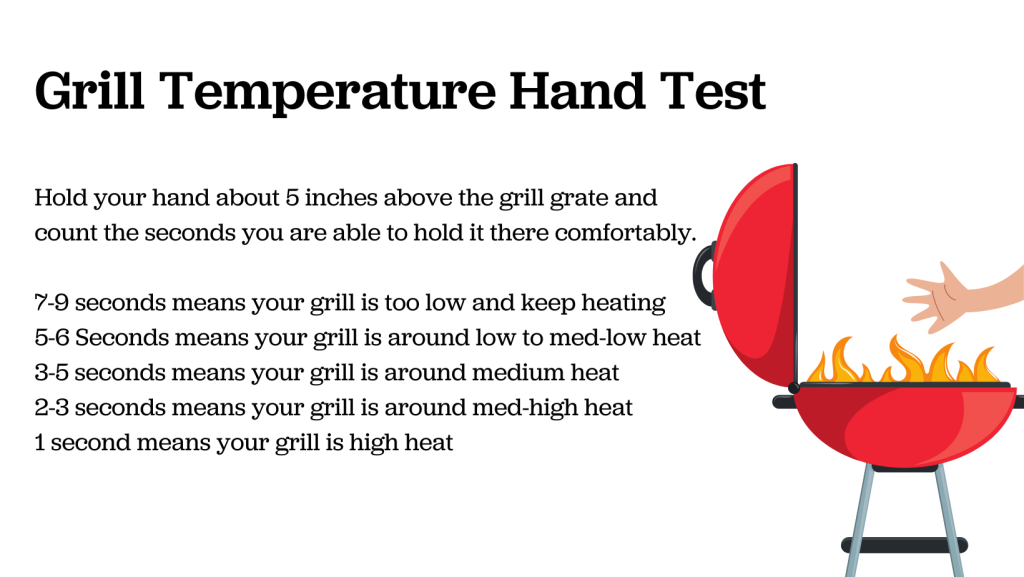
Here’s another quick reference guide to help you determine the temperature to use for each cut of chicken, how long to cook them, plus whether or not to use direct heat or indirect heat. It’s not a bad idea to always have a cooler side of the grill (indirect heat space) in case of flare ups to help eliminate the potential to over char your chicken pieces.
